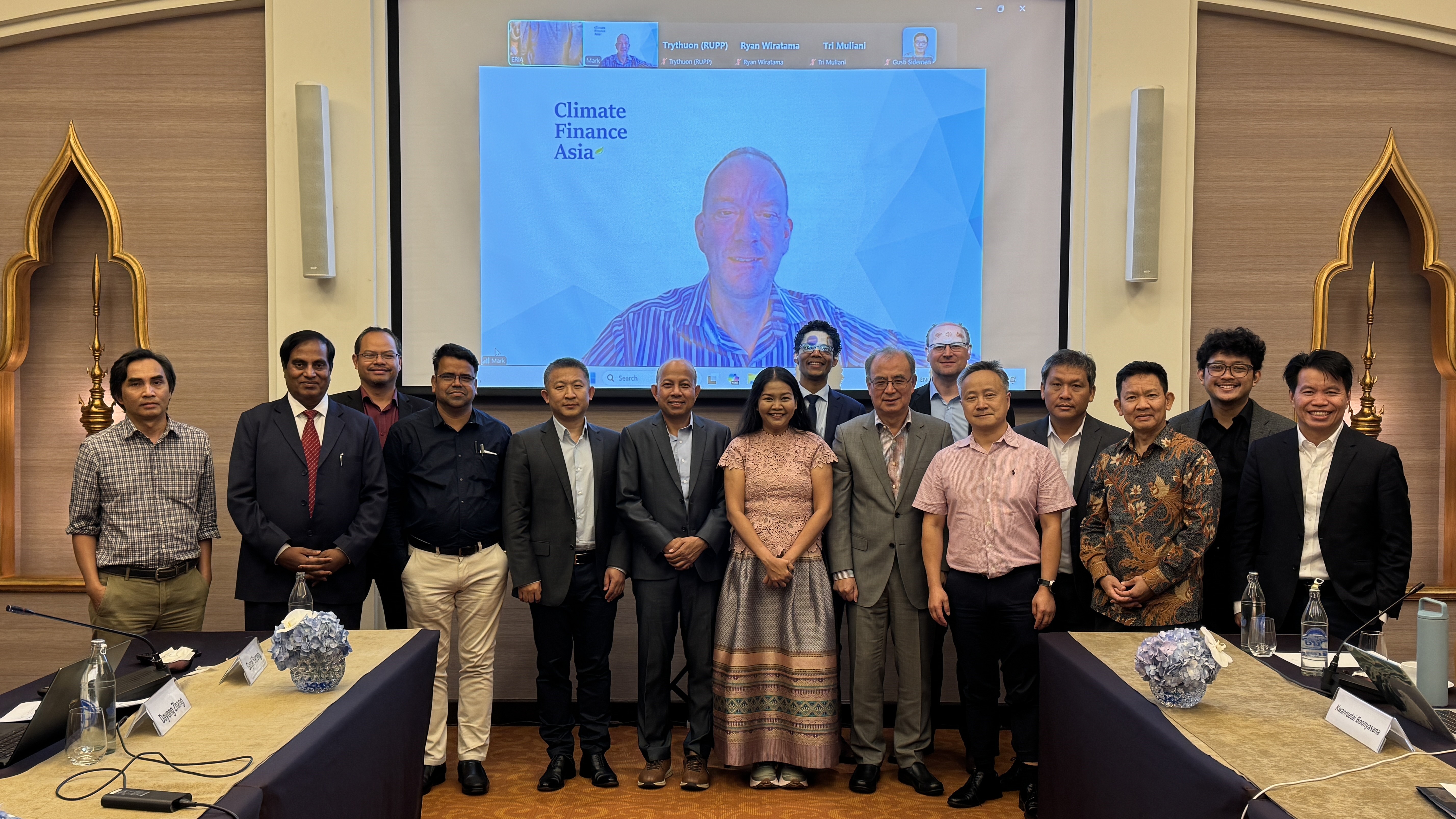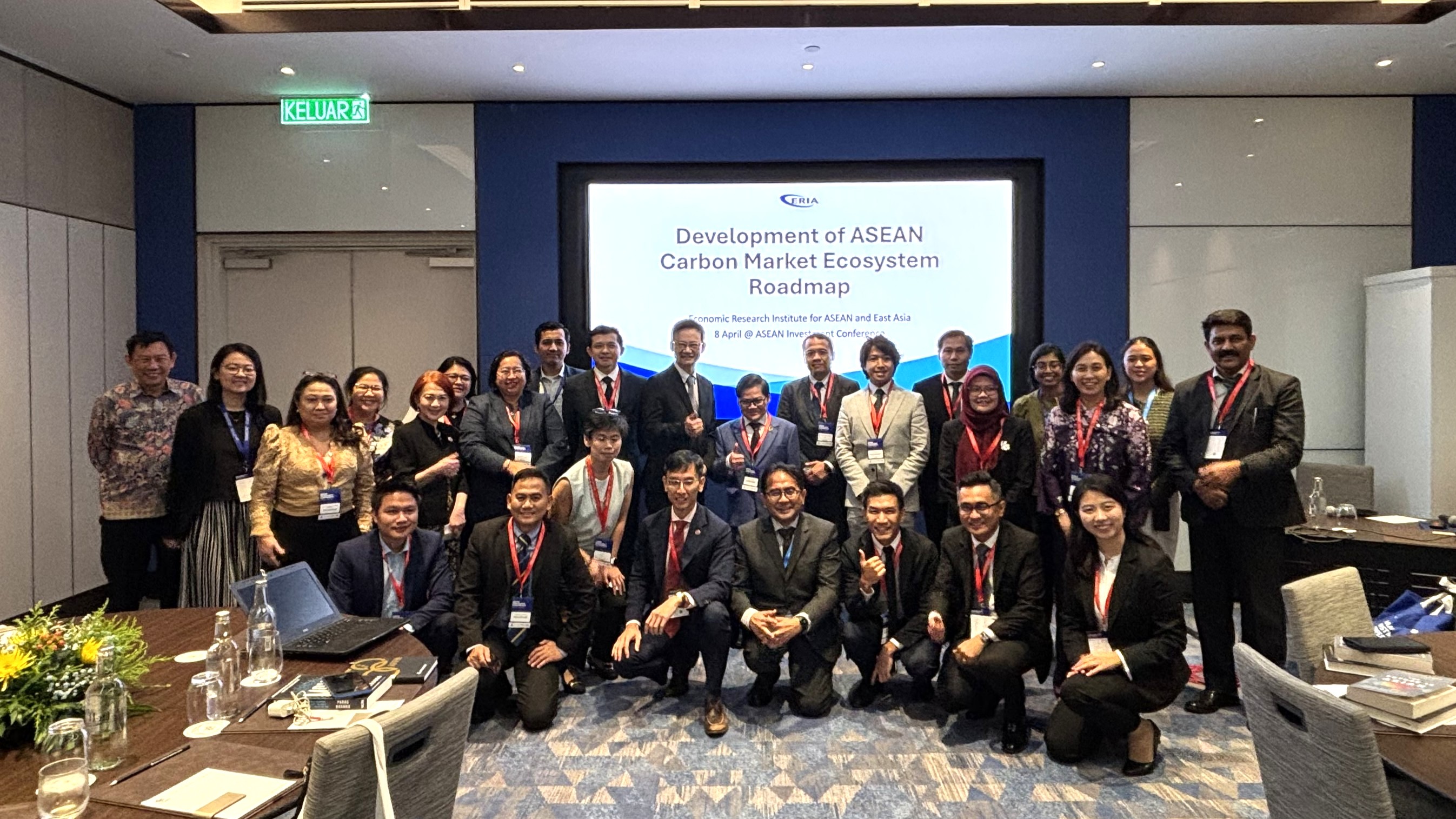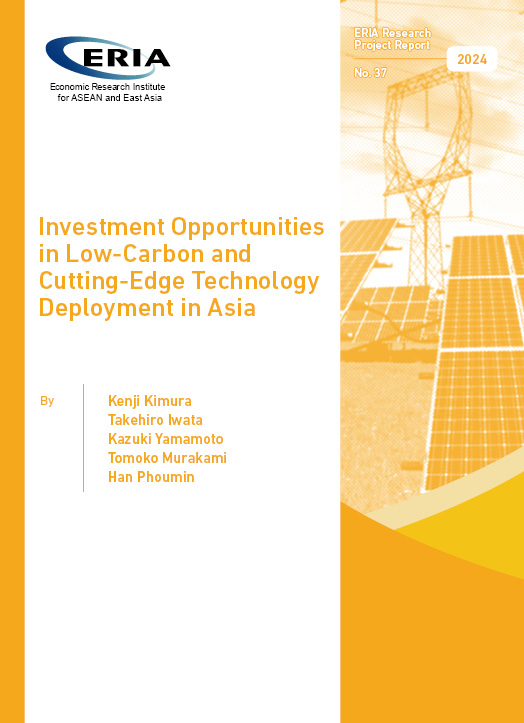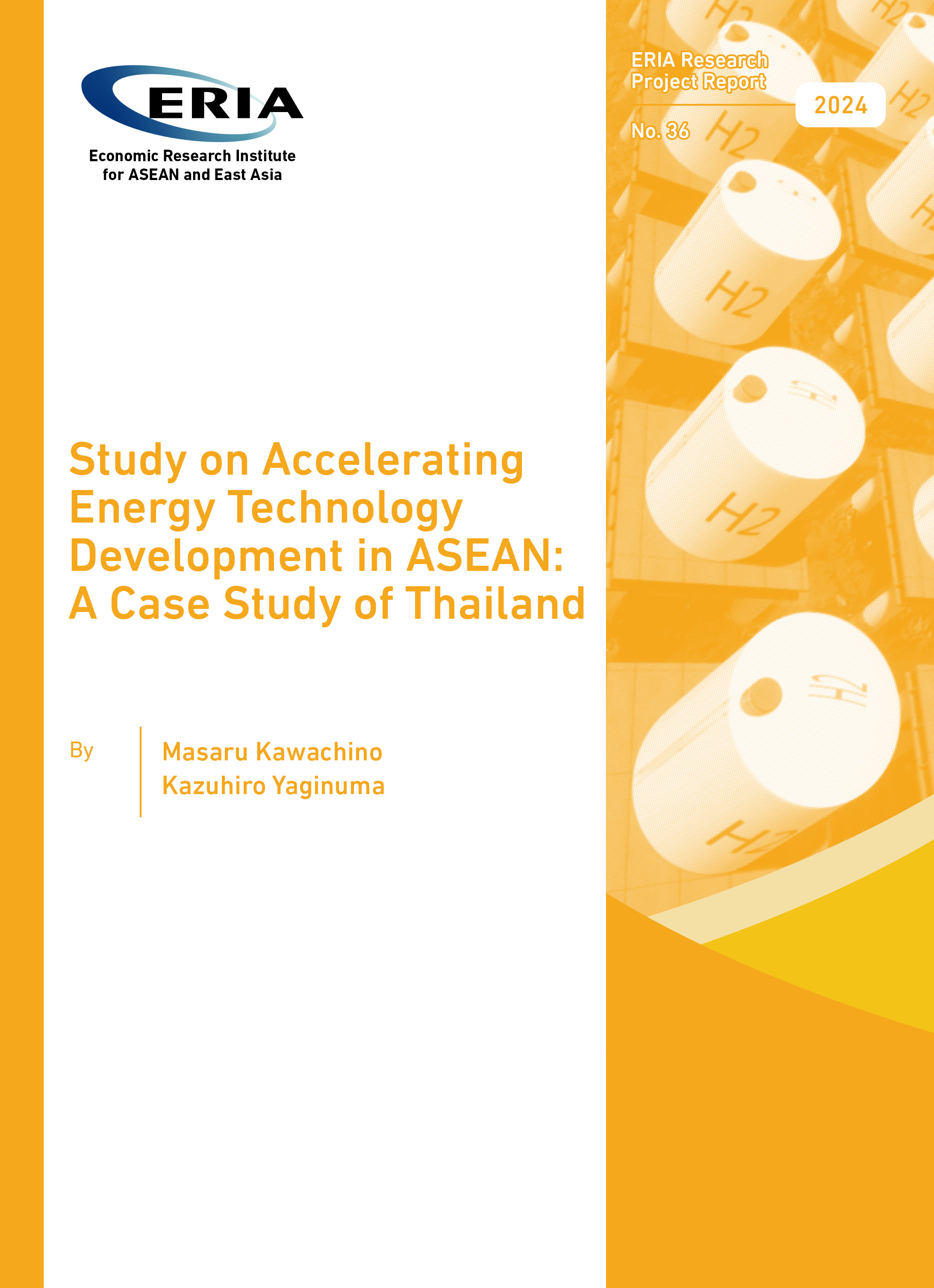AI on ASEAN’s Public Sector Jobs: A Helping Hand or A Threat to Employment?
Date:
30 January 2024Category:
OpinionsShare Article:
Print Article:
By Livia Feliciani Nazara, Research Associate: In the fast-paced shift towards a digital future, the question for the Association of Southeast Asian Nations (ASEAN) is whether artificial intelligence (AI) will bring new opportunities or if it will pose serious threats to jobs in the public sector. There is no denying that digital transformation will shape the future. AI has gained popularity in recent years, as the global market for AI amounted USD 207.9 billion in 2023 and is projected to reach USD 1.8 trillion by 2030. Generative AI, such as ChatGPT, is at the forefront of mainstream, achieving over 100 million weekly users within a year. The chatbot continues to unlock many opportunities for efficiency through providing information, advice, even as a personal virtual assistant.
Following recent trends, the Association of Southeast Asian Nations (ASEAN) governments have raised interest in further utilizing AI in their economic sectors. A Kearney study revealed that despite early-stage AI adoption in 83% of Southeast Asian countries, approximately more than 70% of survey respondents perceive AI as vital for the future and rate of AI adoption needs to be sped up in the region.
In the case of ASEAN’s public sector, a significant shift is underway as AI accelerates the digitalization of public service delivery. Automated administrative decision-making, the integration of chatbots, and advances in public governance are some of the examples of AI application in the public services sector. Singapore sets an example in the region, debuting its National AI Strategy in 2019, which integrates AI applications in the public sector. Notable examples include the municipal services office and the OneService chatbot, which increases convenience for the submission of complaint reports on municipal issues through the newly implemented chatbot system.
Other ASEAN countries are also on the track to integrating AI in their public sector. Indonesia has initiated an AI-based online public service platform, popularly known as the e-government applications, aimed at enhancing the efficiency of public service delivery. Meanwhile, Viet Nam unveiled its National Strategy on Research and Development and Application of AI, which outlines the nation’s targets on AI applications to become an epicenter of innovation by 2030.
However, the central question lingers: does AI really generate employment in ASEAN’s public sector, or is it the other way around?
Let’s consider both sides of the argument on a broader scale.
On one hand, AI has the potential to create new jobs. Automation in handling repetitive tasks has been proven to increase efficiency and productivity. AI’s ability to operate vast amounts of data enables seamless collection of information and automated administrative processes. Automation enables frontline public servants to handle more intricate tasks, freeing them from routine-work responsibilities. This entails developing a higher skill set, allowing public servants to cultivate analytical reasoning and foster innovation. AI, in turn, creates new employment opportunities in the public sector based on the enhanced skill proficiency, such as information and technology (IT) specialists, engineers, and data scientists to operate generative AI effectively.
On the flip side, AI can create job displacement. The joint study by Cisco and Oxford in 2018 projected that increased technological adoption will render around 6.6 million jobs across ASEAN-6 economies by 2028. AI is progressively handling tasks that are repetitive and easily automated. Consequently, public servants with lower skill levels face a higher risk of unemployment due to their outdated skill proficiency. If the current state of labor force lacks the necessary skills to transition to higher-skilled and more complex roles, then the job losses could outweigh the potential job gains.
These arguments represent two sides of the same coin. It all hinges on the ASEAN governments’ effectiveness in developing and integrating AI to complement, rather than substitute, human roles. AI development is inevitable. Therefore, it is best that this new wave of digital transformation is adopted, regulated, and integrated into economic sectors to increase competitiveness and capitalize on the opportunities it presents.
So, what actions can ASEAN governments take to leverage the growth AI, rather than succumb to the potential job losses?
The key obstacle for ASEAN governments lies in equipping the public workforce with the necessary skills to smoothly transition into higher-skilled roles. The solution entails reskilling and upskilling the public workforce to unlock new job opportunities within the public sector. Implementing comprehensive training and capacity-building programs for building digital skills should help current public servants enhance their proficiency in tasks that are not easily automated, thereby preventing potential job losses. Apart from simply job generation, ASEAN governments should also broaden job roles and ensure that public servants experience increased job stability and a defined career trajectory.
This opinion piece was written by ERIA's Research Associate, Livia Feliciani Nazara, and has been published in The Jakarta Post, and Bangkok Post. Click here to subscribe to the monthly newsletter.
Disclaimer: The views expressed are purely those of the authors and may not in any circumstances be regarded as stating an official position of the Economic Research Institute for ASEAN and East Asia.








